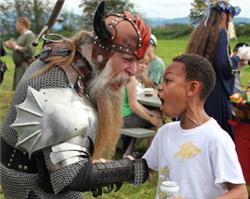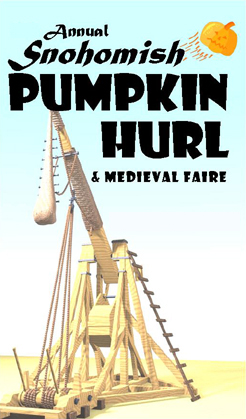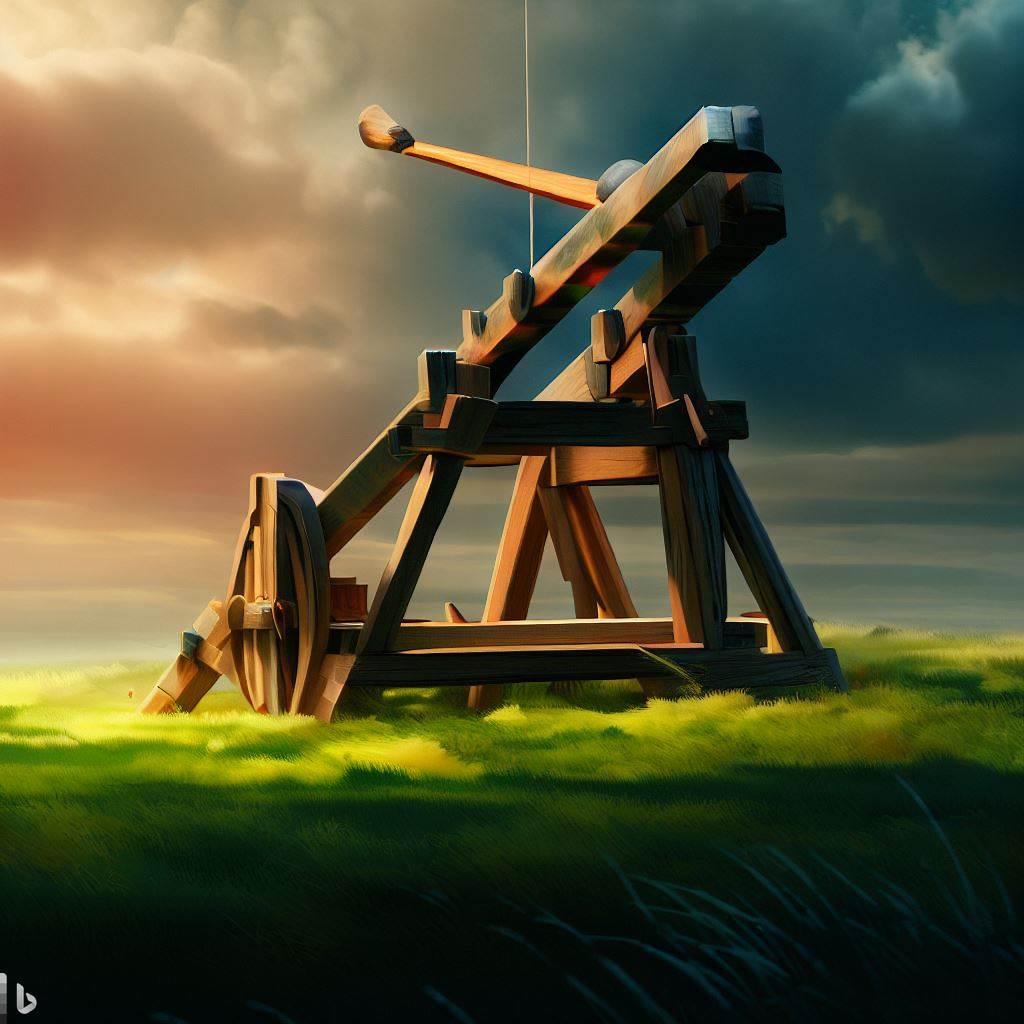Pumpkin Hurling is a fall activity that involves launching pumpkins through the air using various devices and contraptions. The goal is to see how far the pumpkin can travel before hitting the ground. This fun and unique sport has become increasingly popular in recent years, with competitions and events held all over the world.
This exciting activity combines science, engineering, and a dash of competitive spirit to launch pumpkins through the air, leaving spectators in awe. In this article, we’ll delve into the world of pumpkin chunkin and hurling, exploring its origins, mechanics, and the sheer joy it brings to participants and spectators alike. So grab your pumpkin spice latte, settle in, and let’s discover the thrilling world of pumpkin chunkin!

The World Record Pumpkin Chunkin Hurl Distance
The world record for pumpkin chunkin distance was set in 2013 at the World Championship Pumpkin Chunkin (WCPC) event in Delaware, USA. The winning machine, known as “Big 10 Inch,” launched a pumpkin an incredible distance of 5,545.43 feet (1,690.74 meters).
The Origins of Pumpkin Chunkin and Hurling:
Pumpkin chunkin and hurling can be traced back to the early 1980s when a group of friends in Delaware wanted to find a creative way to dispose of their leftover Halloween pumpkins. This humble beginning grew into an annual competition, and soon enough, pumpkin chunkin became a beloved fall tradition.
The Mechanics Behind the Madness:
Pumpkin chunkin events involve the use of various devices, each designed to launch pumpkins incredible distances. The three primary types of machines used are air cannons, trebuchets, and catapults.
– Air Cannons: These machines work by using compressed air to launch the pumpkin. The air is stored in a chamber, and upon release, it propels the pumpkin through the air with impressive force.
– Trebuchets: Inspired by medieval siege engines, trebuchets utilize a counterweight mechanism to hurl pumpkins into the sky. The force generated by the falling counterweight launches the pumpkin through the air with incredible velocity.
– Catapults: These devices employ tension, often using bungee cords or ropes, to store energy before releasing it rapidly. When the tension is released, the catapult arm swings forward, sending the pumpkin soaring through the air.

The Art of Pumpkin Selection:
Participating in pumpkin chunkin requires careful consideration of the pumpkin itself. The ideal pumpkin is not too large or too small, as both extremes can negatively impact distance and accuracy. Pumpkins with thicker walls and a symmetrical shape tend to fare better, as they can withstand the stress of launch and maintain a stable flight path.
The Science of Pumpkin Chunkin:
Pumpkin chunkin is not just about launching pumpkins for the sake of it; it’s a science experiment in action. Participants must understand concepts such as aerodynamics, trajectory, and forces acting on the pumpkin during flight. Engineers and enthusiasts meticulously calculate launch angles, weight distribution, and air pressure to maximize the pumpkin’s distance and accuracy.
The Competitive Spirit:
Pumpkin chunkin has evolved into a highly competitive sport, attracting teams from all over the world. Events like the World Championship Pumpkin Chunkin (WCPC) offer participants the chance to showcase their machines and skills. With divisions for various machine types and age groups, pumpkin chunkin fosters a sense of camaraderie and healthy competition among participants.
Safety First:
Given the powerful forces involved, safety is paramount in pumpkin chunkin events. Organizers enforce strict safety guidelines, ensuring spectators and participants are kept at a safe distance. Protective barriers and netting are often used to contain the pumpkin’s trajectory and prevent accidents.

How to Build and Pumpkin Throwing Catapult
Creating a pumpkin throwing catapult can be a fun and challenging project. Here is a basic guide to help you get started:
Materials Needed:
– Wooden boards (thick and sturdy)
– PVC pipes or dowels
– Rope or strong elastic bands
– Hinges
– Screws
– Drill
– Saw
– Measuring tape
– Pencil
– Safety goggles
– Pumpkin
Step 1: Design and Planning
Decide on the type of catapult you want to build. You can choose between a torsion-powered catapult or a tension-powered catapult. Torsion catapults use twisted ropes or elastic bands for power, while tension catapults use ropes or elastic bands to store energy.
Step 2: Gather Materials
Collect all the necessary materials listed above. Ensure that the wooden boards are strong and thick enough to withstand the force generated during launching.
Step 3: Build the Base
Create a sturdy base for the catapult using the wooden boards. Measure and cut the boards to the desired length, then attach them using screws or nails. The base should provide stability and support for the rest of the structure.
Step 4: Build the Uprights
Attach two vertical wooden boards to the base at the back end, creating an “A” shape. These uprights will hold the throwing arm. Make sure they are securely fastened to the base.
Step 5: Build the Throwing Arm
Cut a long wooden board that will serve as the throwing arm. This board should be able to pivot at the top of the uprights. Attach hinges at the top of the uprights and connect the throwing arm to the hinges.
Step 6: Create the Launching Mechanism
For a torsion catapult, attach twisted ropes or strong elastic bands from the throwing arm to the base. Ensure the ropes or bands are tightly secured and can store sufficient energy.
For a tension catapult, attach ropes or elastic bands from the throwing arm to the base. These ropes or bands should be able to stretch and store energy when the arm is pulled back.
Step 7: Test and Adjust
Before launching a pumpkin, carefully test the catapult’s functionality and make any necessary adjustments. Ensure that the throwing arm moves smoothly and that the launching mechanism is secure. Make any modifications as needed.
Step 8: Launch the Pumpkin
Once you are satisfied with the catapult’s construction, it’s time to launch a pumpkin. Load a pumpkin onto the throwing arm, ensuring it is centered and balanced. Use caution and stand at a safe distance when launching the pumpkin.
Important Note: Always prioritize safety when working on and using a catapult. Wear safety goggles during construction, and make sure to launch pumpkins in a controlled and safe environment, away from people, buildings, and other potential hazards.




